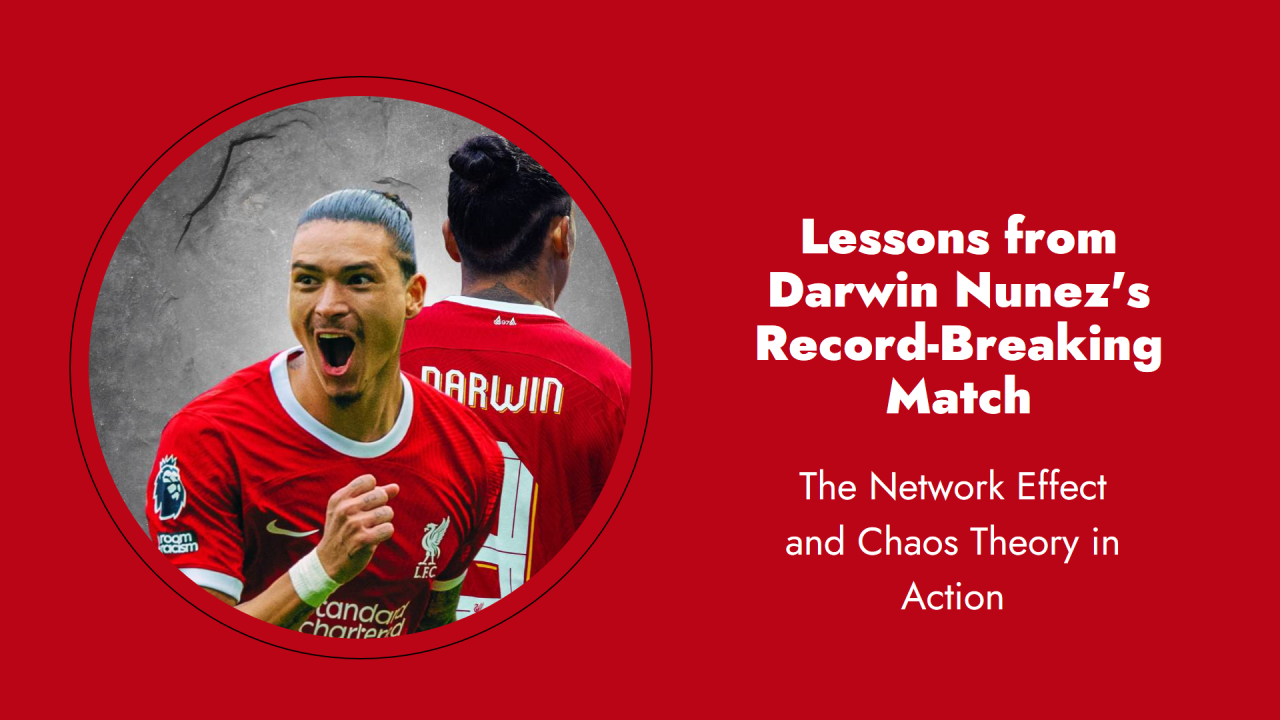
Introducing the knowledge void
The financial industry is still a “people business” and whilst written research exists, the ability to do successful deals and investments, at least partly depends on whom you know. “If knowledge is a resource to drive value, then more investment firms will be looking to source knowledge via their networks and partnerships” states Gelderen and Monk.
The process of capturing knowledge in the form of written research, either internal or external, is one already well supported for investment firms by technology vendors. When it comes to managing knowledge through people and networks this is actually more difficult and problematic. Partly, this is due to lack of knowledge leadership at the top when it comes to thinking about non-written content and often so many firms retain the “expert” knowledge within self-managed and decentralised teams. These demands are higher when it relates to deal-flow and project management, typically with those firms or teams dealing with illiquid and private asset classes. Traditional expert network platforms already exist today and largely fill this gap when it comes to external resources only.
Even if we are able to solve for the structural issues of knowledge management, there are still the practical considerations of implementation. The taxonomy, namely classification and coding of content needs to be put in place. It is all too easy to adopt general industry sector classifications as many systems do, but this misses the reality of complex deal and project work which has a thematic investment strategy. User driven tagging of content also misses the mark relying on hashtags or folders that are quickly out of date and not used consistently within an organisation.
Therefore, capturing and connecting this knowledge successfully is the next hurdle, with the use of knowledge graphs leveraging artificial intelligence only now starting to make their way into mainstream financial vendor applications. As with any process, firms need to make sure they meet their own compliance rules as well as regulations such as GDPR, which is a much bigger issue when sharing personal data, as opposed to written research. Firms looking to harness their own internal knowledge combined with external networks will gain an edge over others.
The drive for alpha has already long started. Those firms that are seeking to capture their knowledge, networks and “new” experts – using the latest technology to manage this are in the best place to succeed.
MiFID II: What is the cost of analyst access?
The Markets in Financial Instruments Directive II (MiFID II), is well into its second year. Last year investment firms spent their time ensuring separation of research payments from execution, deciding how to split out these payments and how to absorb cost. Since then, there has been a shift in how research knowledge management has changed this past year and the impact it is having on the investment process.
Conversations that were once informal and part of a broader relationship with a broker, now need to be itemised and fully charged. At a recent industry conference, some questioned the ambiguity that some of this pricing has bought into the industry. For example, banks have in some cases valued one hour of an analyst time in excess of $2,000 – “compared to a lawyer, that’s quite a high rate”.
This has meant careful consideration in how much time is spent with analysts on the phone and something that has to be much better managed than before. Instead, there are more shorter calls with analysts for 30 minutes or less, rather than before when firms would have the analyst in their offices for a meeting for a full hour.
One challenge that firms face is understanding the value of an interaction as this discovery process is not linear, i.e. you may have 10 calls that have little value, but you need to get to the 11th that adds significant value. Whilst some firms are focused on costs, reducing the amount of interactions, others are more focused on the value and quality of the interaction.
This has also led to a change in how fund managers are working with their research brokers. Corporate access services cannot be funded from client research budgets under MiFID II. This has meant investment managers that can afford to service their own research and corporate access are expanding their teams to do so – improving the management of this is an important part of the process.
Have you seen the coming of the “new” experts?
With the increased scrutiny on the cost of analyst access, the on-boarding of “new” experts in the form of independent research providers, consultants and subject matter experts is only set to increase. Integrity Research Associates projects spending on primary research will actually rise 6.5% in 2019 as asset managers value highly differentiated inputs to their research process including expert networks, channel checks, and formal survey research.
The growth in expert networks is also a reflection on the shrinking in the number of public companies. According to Bloomberg about 3,600 firms were listed on the U.S. stock exchanges at the end of 2017, down more than half from 1997. This corresponds to a growth in private equity and alternative asset classes, where expert networks offer access to industry experts providing insight into investment targets which would not typically be serviced by sell-side equity analysts.
Recognising these regulatory and market headwinds, we are seeing many of the traditional corporate access teams in banks, if not fold into the research function, position themselves as newly formed “expert” access teams – opening the doors to a bigger pool of experts that extend beyond the traditional equity analyst. The same challenges of managing these relationships, including call scheduling, the time spent and sharing the knowledge that exists across the organisation has become important for both buy and sell-side.
Tracking of time spent in meetings and calls with analysts, providing transparency to costs has become more important than ever. Initially, buy-side firms either relied on the sell-side to provide them with this data or manually tracked each and every interaction themselves. Neither of these were particularly desirable when taking into account the operational cost of supporting this as well as the inherent inaccuracy.
Many new technology solutions have sprung up to track interactions and service the changing corporate access landscape between buy-side, sell-side and issuer – few have sought to tackle real workflow issues or touch expert access. Firms are slowly realising they need to control their own data and workflows to manage their own destiny.
Author: AMAR RAJANI
Amar Rajani is Founder and Managing Director at Argella, a FinTech advisory firm with specialist knowledge in research, data and collaboration. Prior to this, Amar spent 17 years at Bloomberg LP, where he was Global Product Manager for Bloomberg’s research management business. Amar acts as an advisor to Coleman Exchange, a software solution developed by Coleman Research, which helps buy and sell-side firms to automate and better manage many of the administrative and compliance tasks associated with Expert research interactions.
This article first appeared as a series of posts on Coleman Research.







